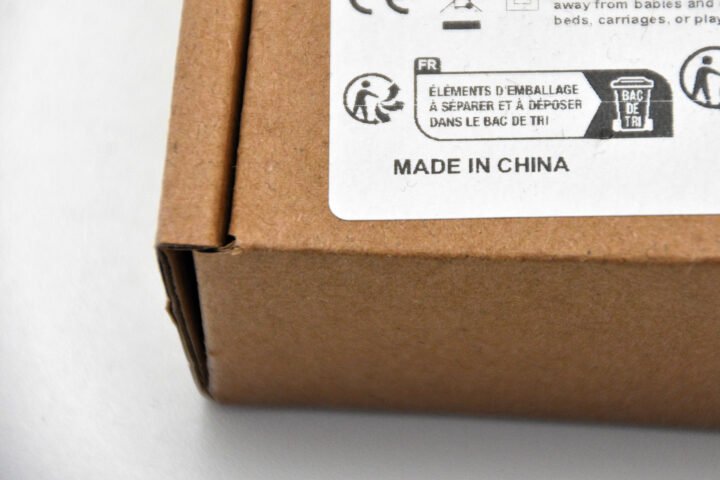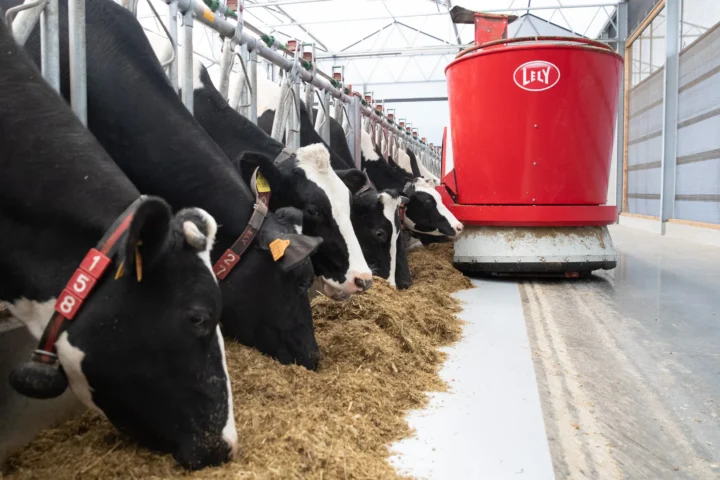The UK’s public spending watchdog said government expenditures on implementing new rules for post-Brexit imports would total some $6 billion. The report criticized “uncertainty” surrounding government plans.
Britain will spend at least 4.7 billion pounds ($6 billion, €5.5 billion) on implementing a new approach to import goods after exiting the EU customs market in 2020, the UK government’s public spending watchdog said on Monday.
The UK voted to leave the European Union in 2016 but remained in the bloc’s single market and customs union until 2021.
In 2021, the UK withdrew from the EU customs union and a new EU-UK Trade Cooperation Agreement (TCA) went into effect.
The European Parliament said in a report that the trading of goods between the parties had become “burdensome” since Brexit and trade volumes had shrunk.
UK checks this year to cost at least $6 billion
More checks were scheduled as the UK is gradually implementing the Border Target Operating Model (BTOM) this year.
The first phase of BTOM went into force on January 31, and the second phase, which includes physical checks at ports, went into effect on April 31. A third phase, requiring safety and security declarations, is slated for October 31.
The National Audit Office (NAO) said the 4.7 billion pounds figure is the amount the government forecasts it will spend on the 13 most significant programs to manage trade across the border and improve performance over the lifetime of the programs.
The UK government delayed the implementation of full controls five times since the exiting the EU customs markets, which caused uncertainty for businesses.
“Late announcements about policy and uncertainty about the implementation of controls have also reduced the ability of businesses and ports to prepare for changes,” the NAO said.
The watchdog was also critical of the government’s 2025 UK Border Strategy, which was published in 2020, saying it “lacks a clear timetable and an integrated cross-government delivery plan, with individual departments leading different aspects of implementation.”
Source: Dw








